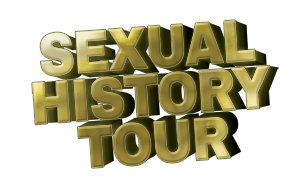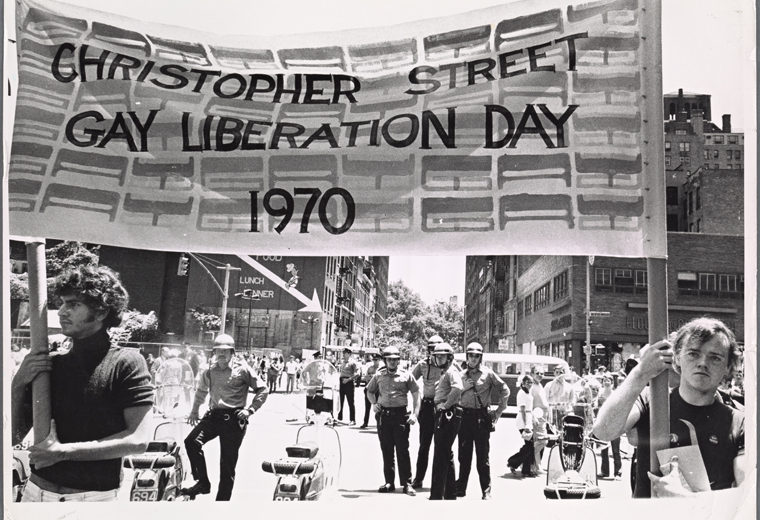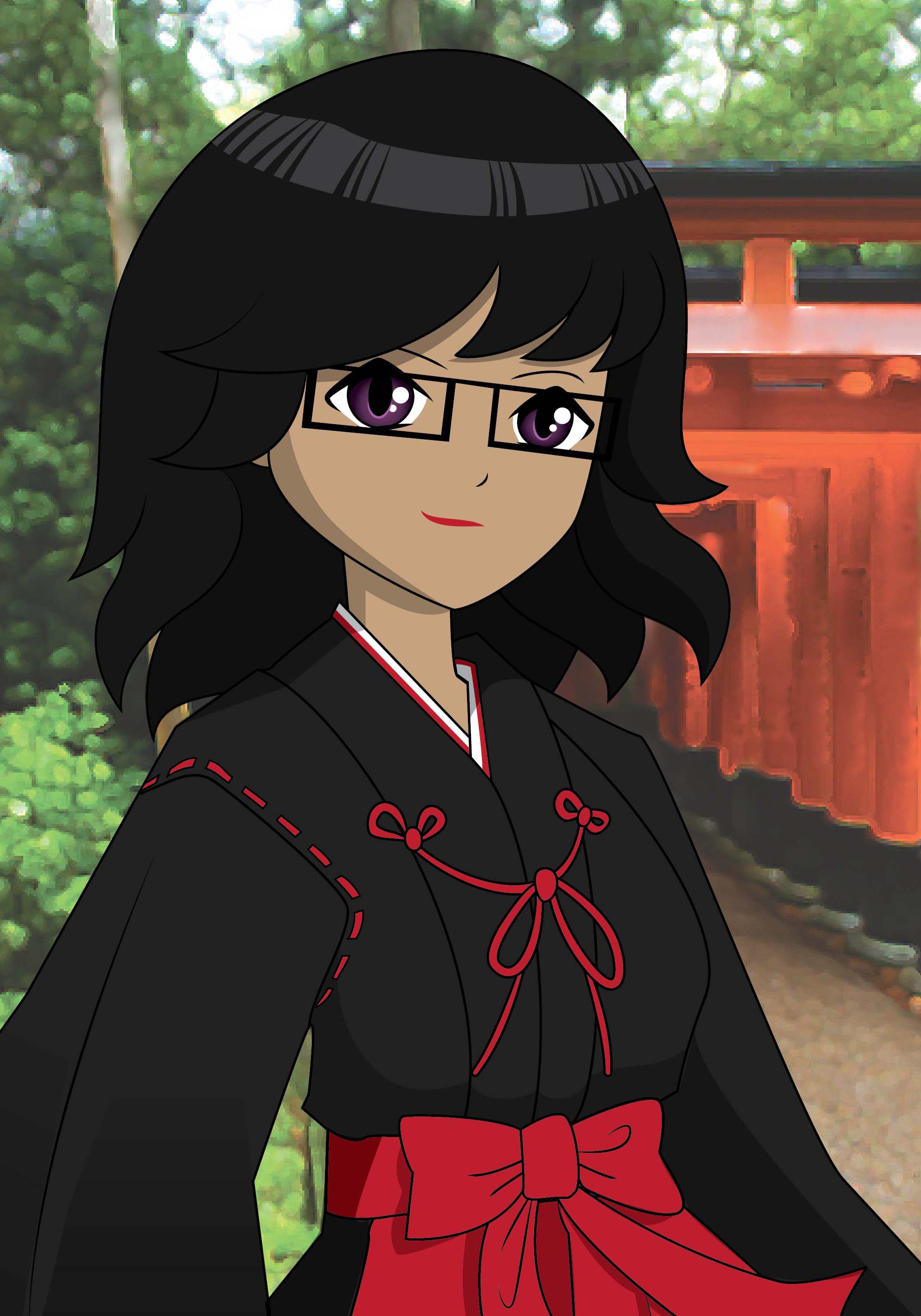The sixties were a time when many groups started to fight for their rights. Everything from the civil rights movement, women’s feminist movement, and the anti-war movement polarized Americans and got everyone out to organize, march, protest, and campaign. It was a time for big strides in social change on a variety of fronts. It saw the rise of the gay pride movement and the beginning of the now worldwide celebration of Pride parades.
The Mattachine Society and the Daughters of Bilitis were working towards uniting and providing support for the gay and lesbian community since the 1950’s. After the riots at the Stonewall Inn on June 28, 1969, it was no longer enough to protest quietly or disguise your identity in a vaguely named organization. The gay rights movement became much more vocal and confrontational. The Gay Liberation Front was created barely a month after Stonewall. Six months later, members of the GLF splintered off to help form The Gay Activists Alliance. Stonewall had become a rallying cry that gained momentum over the year that followed.
Members of the Eastern Regional Conference of Homophile Organizations decided at their meeting in Philadelphia to have a march in New York on the one-year anniversary of Stonewall. Craig Rodwell, Fred Sargeant, Ellen Brody, and Linda Rhodes were pivotal figures in getting the referendum passed. Back in New York, Rodwell hosted meetings in his apartment and at his bookstore, the Oscar Wilde Bookshop. Brenda Howard attended these meetings and would eventually become a driving force not only for the first march but many more Pride events that followed.
The Christopher Street Liberation Day March took place on Sunday, June 28th along 51 city blocks from Greenwich Village to Central Park. Those attending the first march worried they would not even make it from Christopher Street to Central Park. There was lots of hostility from a largely homophobic public. Despite the fear of being attacked, the march grew in number and jubilance as it made it’s way to Central Park. They chanted and carried signs, making sure to tell the public they were no longer going to stay quiet about their cause. Los Angeles, San Francisco, and Chicago also had a march that year. The following year saw more marches around the US, then the first international marches began.
In time, Pride would grow in attendance and host cities worldwide. The 1970s and 1980s were difficult times as the LGBT community had to fight hard against discrimination and also some hard fights within their own communities. Despite this, the passion to change politics and public opinion never waned. Gay Freedom Marches, Gay Liberation Day and Gay Freedom Day continued to be events to bring LGBT issues to the forefront and to make its causes known to a wider audience. The community and burgeoning rights groups would see many challenges in those early decades, from the assassination of Harvey Milk in 1978 to the struggle against increased fear and homophobia during the AIDS crisis in the ’80s.
Pride events quickly evolved from the one-day march to weekend and weeklong festivals. The tone was more political in those early years but even as Pride celebrations became more festive, the undertone of politics and advocacy never went away. By the 1980s, the events changed from “freedom” and “liberation” titled events to the term “Gay Pride.”
Pride would be celebrated around the world, London in July of 1972, Stockholm in 1979, and Berlin in 1979. The ’80s saw an increase in world Pride events with cities like Paris, Dublin, Winnipeg, and Hamburg. Many Gay and Lesbian film festivals started in the US and internationally around this time. Pride events saw a great expansion around the world in the ’90s with the addition of Argentina, Brazil, Colombia, Israel, Japan, Thailand, Austria, Iceland, many Eastern European countries, and the start of EuroPride which changes the hosting European city every year.
The largest celebration is in Sao Paolo, Brazil with 3,000,000 participants and was named the largest pride parade in the world by the Guinness World Records in 2006. EuroPride has the next largest participants while San Francisco, New York, Chicago, and Los Angeles have the largest numbers in the US. Taiwan is the largest in Asia, Tel Aviv is the largest in the Middle East and Toronto is the largest in Canada. The smallest had 100 participants in Sligo, Ireland.
You can now find Pride events in almost every country, from the largest cities to smallest islands, and the numbers continue to grow. Check with your local LGBT organizations, LGBT Community Center or online resources for lists of Pride events near you.


